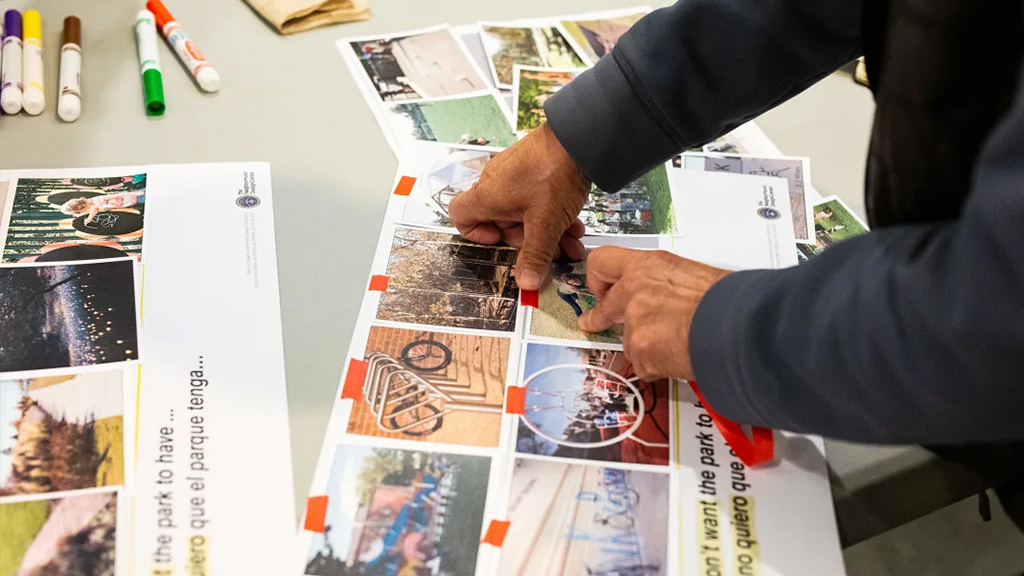What Is the Architect’s Role in Creating Equitable Communities?
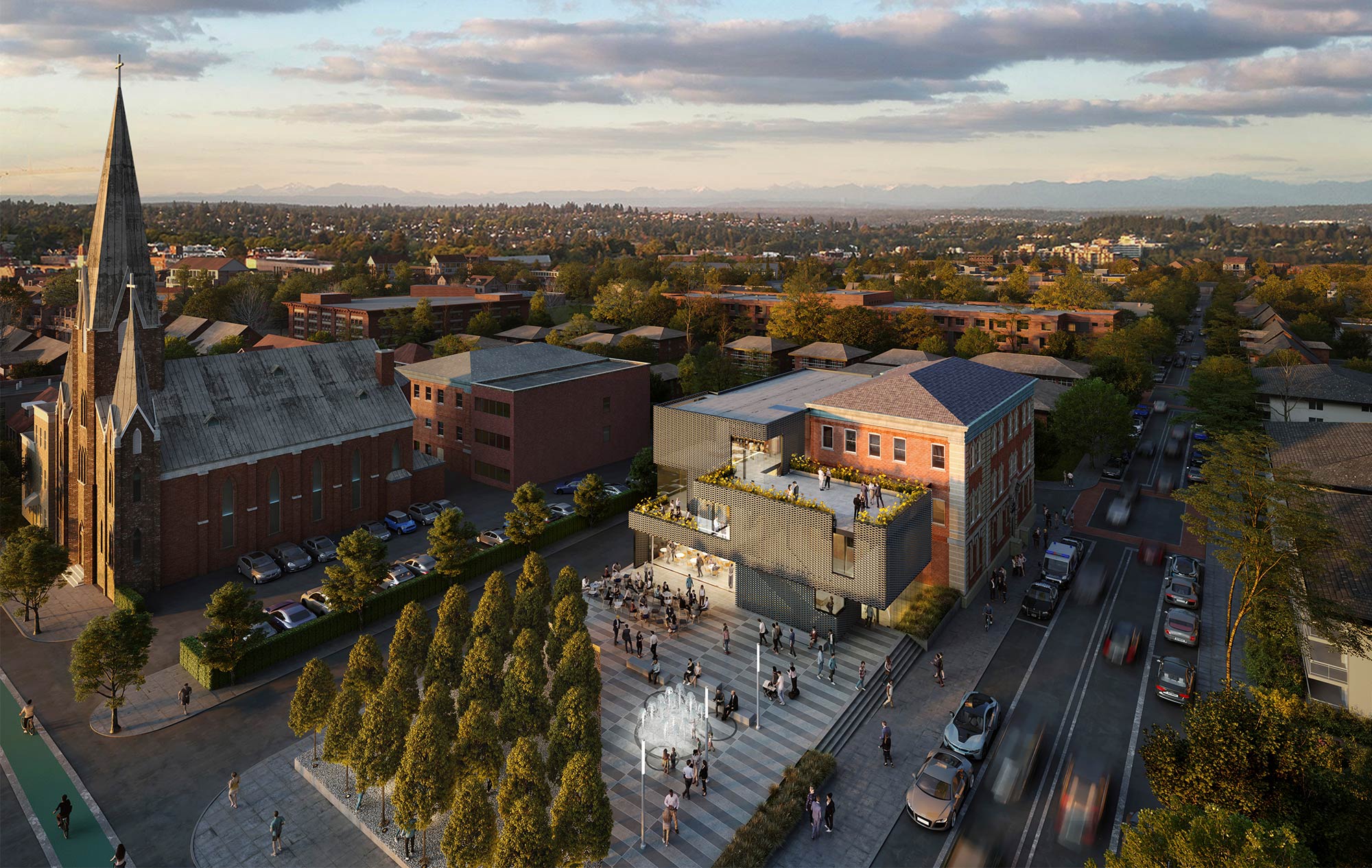
Inequitable practices in development and design have long contributed to social and economic disparities embedded in our communities — and architecture has played a role in both perpetuating and remedying these inequities.
On this podcast episode, representatives from the American Institute of Architects, Gensler, and the Neighborhood Design Center, discuss the creation of a new resource, The Architect’s Role in Creating Equitable Communities, which outlines how practitioners can advance equity through their process and projects. Informed by collaborative workshops and input from practitioners across diverse experience levels and firm sizes, the resource seeks to address barriers to equitable design and identifies actionable strategies.
The podcast discussion explains the historic contexts shaping inequity in our communities and offers practical applications for using The Architect’s Role in Creating Equitable Communities guide. From foundational understanding to project selection and community engagement techniques, the guests outline a framework equipping architects with tools that can be employed across roles and diverse practices. Whether within firms or through local advocacy, all stakeholders have a part to play in breaking down disparities and ensuring inclusive design benefits everyone.
Top 5 Takeaways
- While some architecture has historically perpetuated inequities in the built environment, architects also have the unique opportunity to remedy the issue.
- The new resource provides universal guidance on equitable practices that can be used by any architect or firm.
- Understanding historic and contemporary issues, like redlining and gentrification, is key.
- Architects’ roles extend beyond buildings to local advocacy and policy involvement.
- Small actions can advance equity while acknowledging progress takes collective effort.
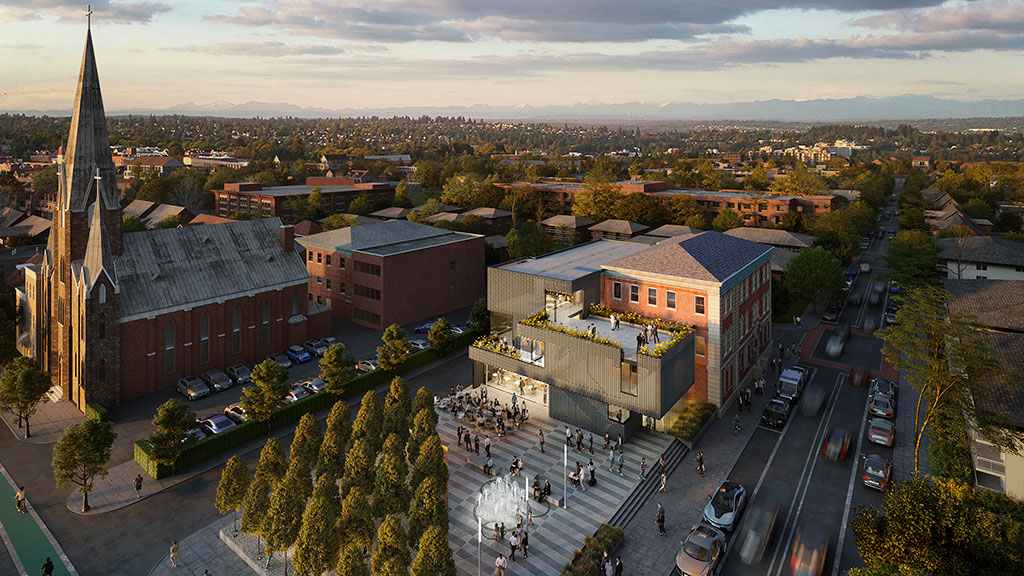
Equity and the 20-Minute Neighborhood
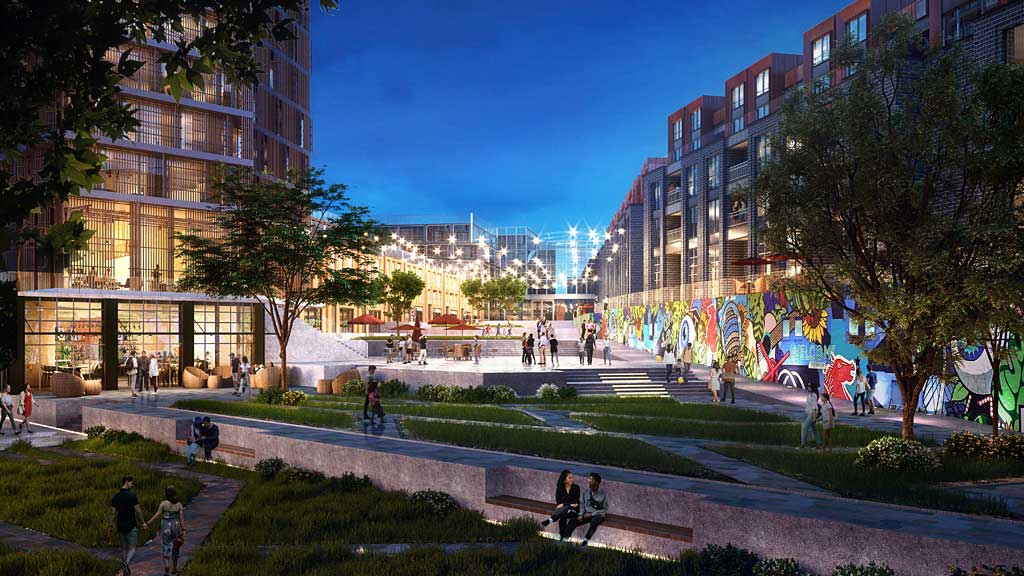
Design for Equity
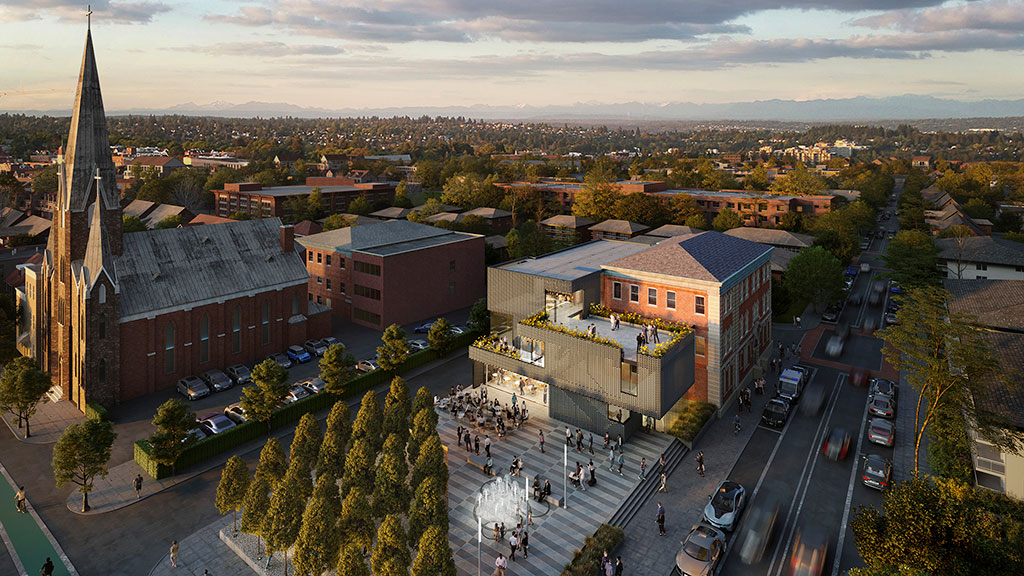
What Is the Architect’s Role in Creating Equitable Communities?
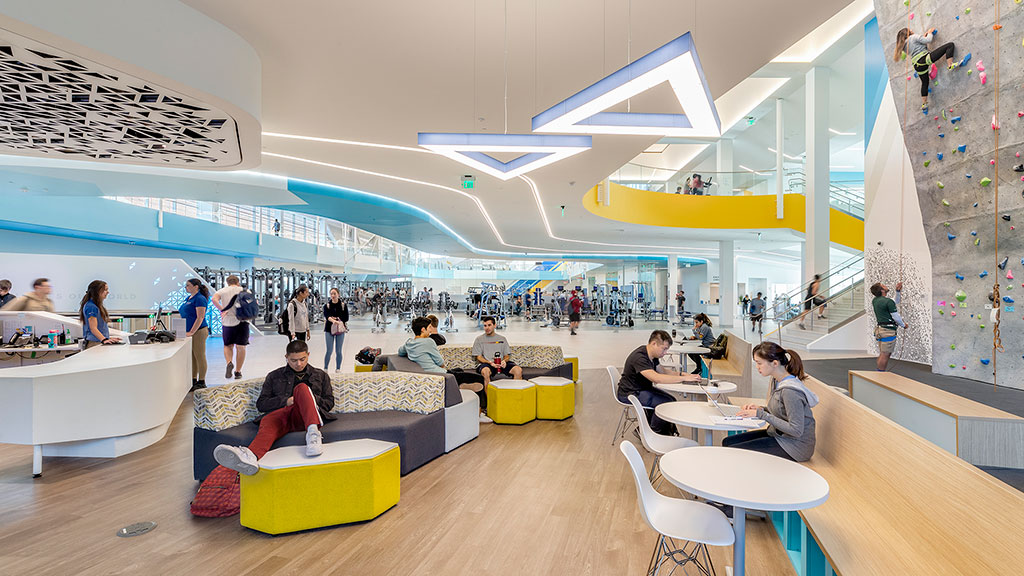
Why Embedding Inclusive Design From Start to Finish Is Critical
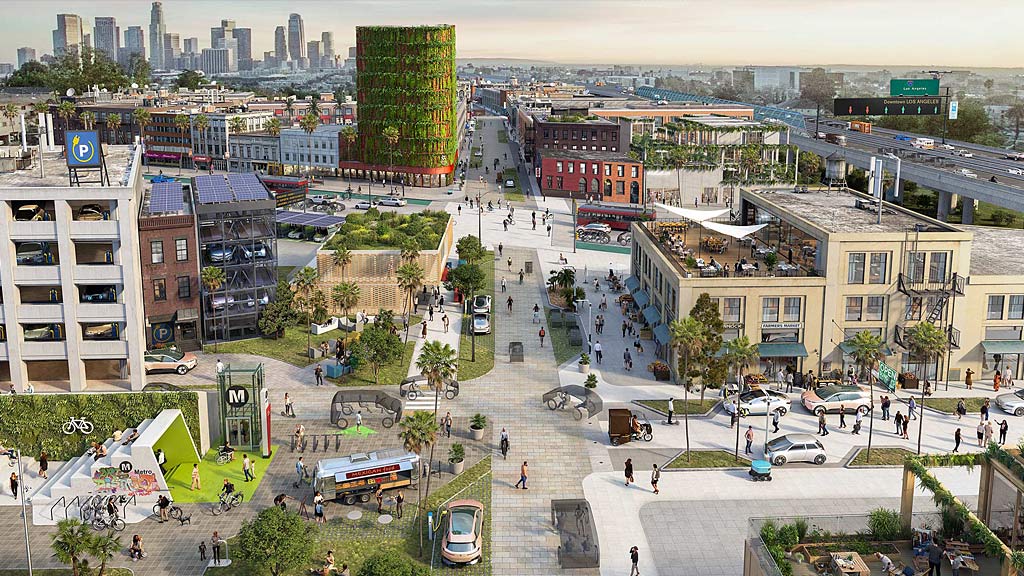
10 Meta Trends That Will Transform the Future of Cities
